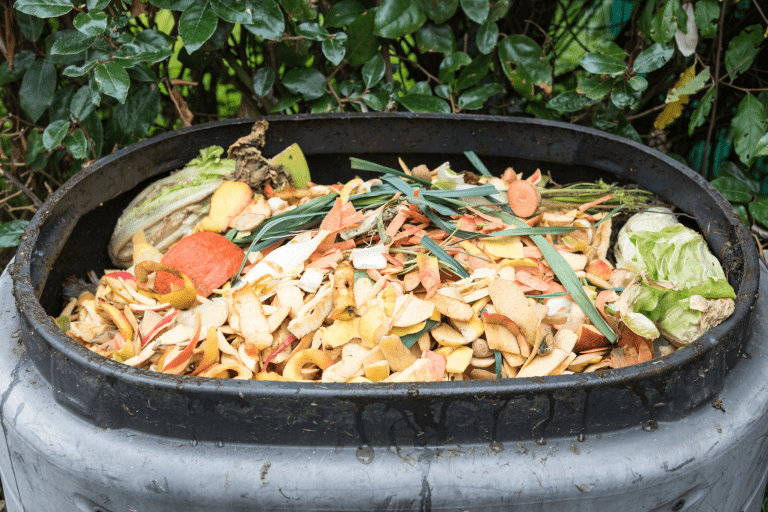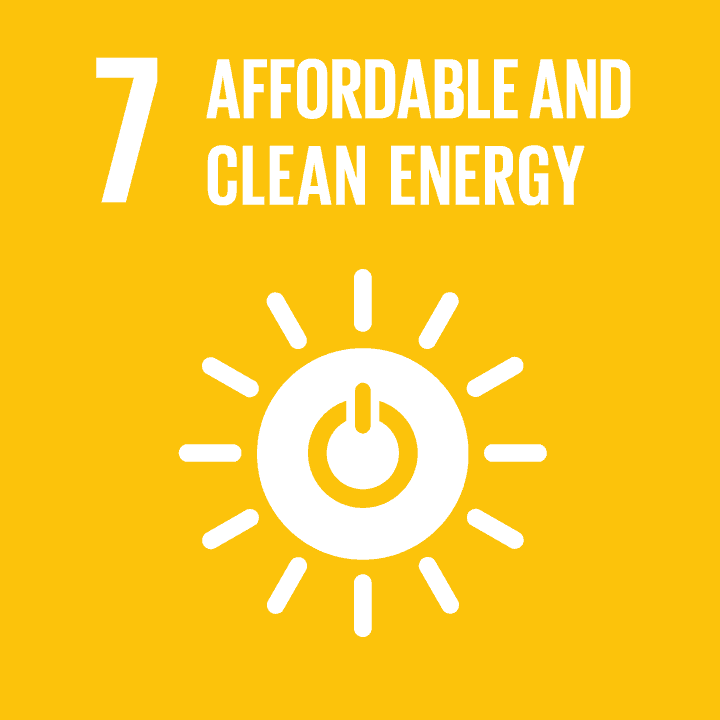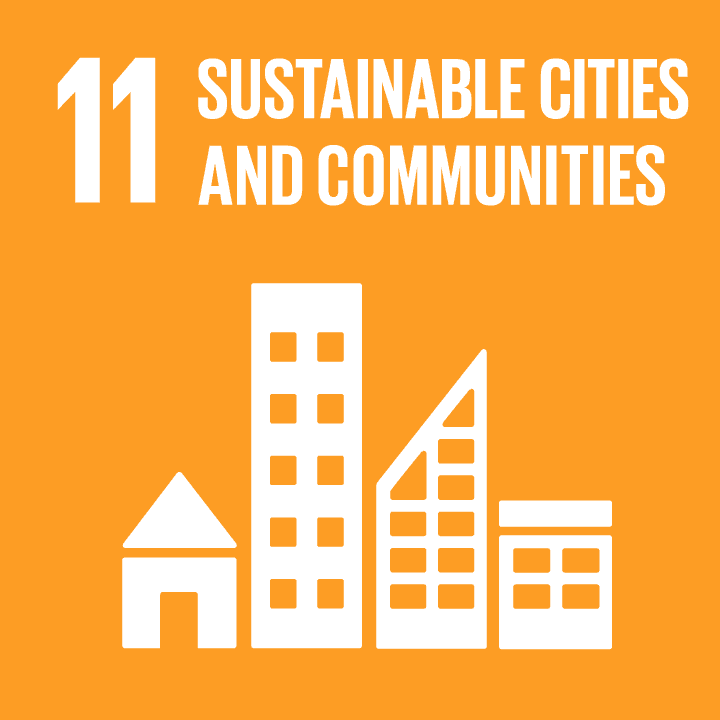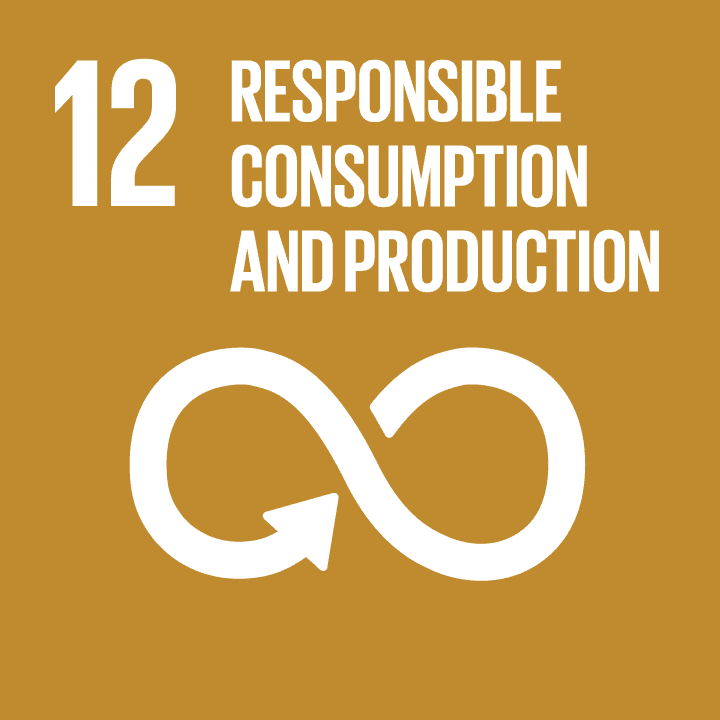From Trash to Gas: Biomass Energy
 Photo: © iStock 496861898_Pixavril
Photo: © iStock 496861898_Pixavril - Resource Type
- Project
- Subjects
- Chemistry Engineering
- Topics
- Climate Change Energy Sustainability
- Time for activity
- 2-4 Weeks
In this project, students will explore what kinds of biomass are good at making biogas. The kinds of biomass they will investigate are cow manure by itself and cow manure with vegetable peelings or with mashed banana.
- Introduction
-
It can be fun to take a drive through the beautiful countryside on a summer day, with the windows rolled down and your hair flying in the breeze. If you drive past a cattle farm though, you may be inclined to roll your windows back up! Although the smell of manure from cows and other ruminants can be strong and unpleasant, the waste is a rich source of energy that can be used to run the farm.
Manure is not the only waste that is a rich source of energy. What you might think is “just garbage,” might actually be turned into energy. Dead plants, rotting food, wood chips, sawdust, leftover crops, nut shells, and paper products are all examples of biomass, which are natural materials or organic matter that can be used to make energy.
Is it hard to get energy out of biomass? No; in fact, people have been doing it for thousands of years. If you’ve ever sat around a campfire or fireplace, you’ve been warmed by burning biomass. Biomass can be burned on a larger scale to create electricity. Biomass (such as decaying plant matter, farm waste, wood waste, or industrial waste) is brought by large trucks to a huge incinerator where it is burned and the heat is used to boil water, create steam, and drive a steam generator that can produce electricity. Biomass energy is considered a form of renewable energy, meaning it can be replaced by nature. Biomass energy, along with other renewable sources, like hydroelectric, solar, geothermal, and wind energy, provide 7 percent of the total energy needs of the United States, and that percentage is expected to rise.
What other ways, besides burning, can you get energy out of biomass? You can turn it into a liquid or a gas. Turning it into a liquid involves a process called fermentation, which changes some forms of biomass—like corn or sugarcane —into an alcohol-based fuel, called ethanol, which can power cars and be used as cooking fuel. Turning it into a gas is basically what cows do naturally in their digestive system, using bacteria to change biomass into methane, which is the main component in natural gas. Natural gas is an important fuel for heating homes; running stoves, ovens, and dryers; producing electricity and fertilizers; and running special cars and trucks. When made from biomass, natural gas is called biogas.
In aerobic sports—like running, walking, swimming, dancing, and bicycling—oxygen is used to generate the energy needed to continue the physical activity for a long period of time. For the creation of biogas, the opposite type of environment is needed to generate energy. Biogas is made by special anaerobic bacteria, microorganisms that live in environments without oxygen. The anaerobic bacteria break down the biomass into methane in a series of processes called anaerobic digestion. Biogas can be tapped directly from landfills, where sanitation workers dump and cover up everyone’s trash, or from biogas generators where farmers or engineers mix biomass with anaerobic bacteria.
In this energy project, you will explore what kinds of biomass are good at making biogas. The kinds of biomass you will investigate are cow manure by itself and cow manure with vegetable peelings or with mashed banana. You will figure out how much biogas each biomass makes by filling empty soda bottles with these different types of biomass, sealing each bottle with a balloon, and measuring the inflation of the balloons (inflated mostly by methane!) over several days. Which biomass makes the most biogas?
- Key Objectives
-
- To be able to compare the amount of biogas that is produced from different types of biomass.
- Guiding Questions
-
- How can you get energy out of biomass?
- How are vegetable peels and mashed bananas different from each other? How might these differences affect how these foods can be used to make biogas?
- Does biomass energy impact global warming?
- Is biomass energy a carbon-neutral source of energy?
- What is special about the bacteria that make biogas?

/rating_on.png)
/rating_half.png) (9 )
(9 )






